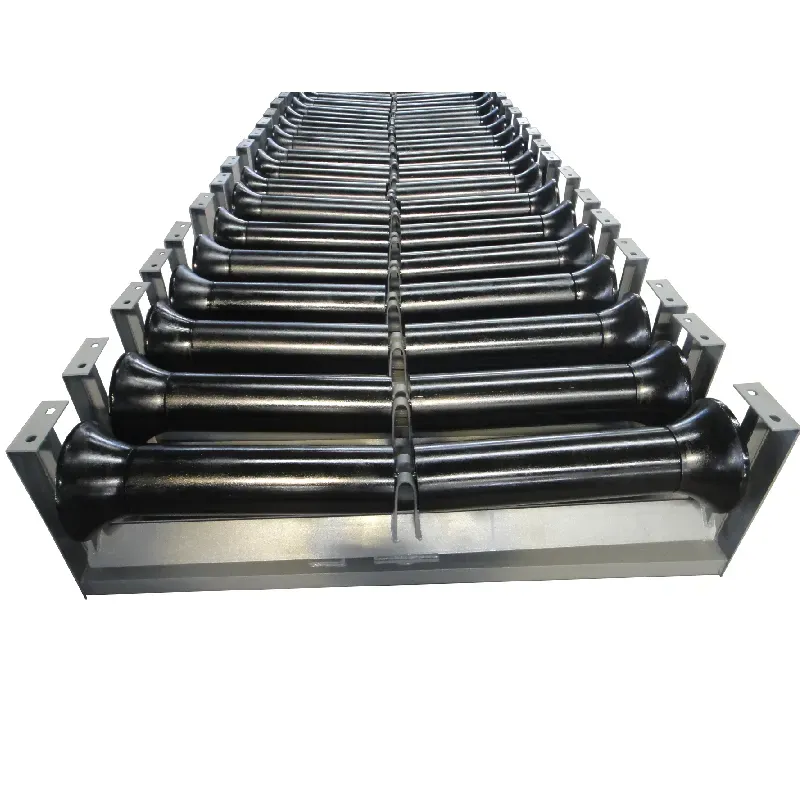 Afrikaans
Afrikaans  Albanian
Albanian  Amharic
Amharic  Arabic
Arabic  Armenian
Armenian  Azerbaijani
Azerbaijani  Basque
Basque  Belarusian
Belarusian  Bengali
Bengali  Bosnian
Bosnian  Bulgarian
Bulgarian  Catalan
Catalan  Cebuano
Cebuano  Corsican
Corsican  Croatian
Croatian  Czech
Czech  Danish
Danish  Dutch
Dutch  English
English  Esperanto
Esperanto  Estonian
Estonian  Finnish
Finnish  French
French  Frisian
Frisian  Galician
Galician  Georgian
Georgian  German
German  Greek
Greek  Gujarati
Gujarati  Haitian Creole
Haitian Creole  hausa
hausa  hawaiian
hawaiian  Hebrew
Hebrew  Hindi
Hindi  Miao
Miao  Hungarian
Hungarian  Icelandic
Icelandic  igbo
igbo  Indonesian
Indonesian  irish
irish  Italian
Italian  Japanese
Japanese  Javanese
Javanese  Kannada
Kannada  kazakh
kazakh  Khmer
Khmer  Rwandese
Rwandese  Korean
Korean  Kurdish
Kurdish  Kyrgyz
Kyrgyz  Lao
Lao  Latin
Latin  Latvian
Latvian  Lithuanian
Lithuanian  Luxembourgish
Luxembourgish  Macedonian
Macedonian  Malgashi
Malgashi  Malay
Malay  Malayalam
Malayalam  Maltese
Maltese  Maori
Maori  Marathi
Marathi  Mongolian
Mongolian  Myanmar
Myanmar  Nepali
Nepali  Norwegian
Norwegian  Norwegian
Norwegian  Occitan
Occitan  Pashto
Pashto  Persian
Persian  Polish
Polish  Portuguese
Portuguese  Punjabi
Punjabi  Romanian
Romanian  Russian
Russian  Samoan
Samoan  Scottish Gaelic
Scottish Gaelic  Serbian
Serbian  Sesotho
Sesotho  Shona
Shona  Sindhi
Sindhi  Sinhala
Sinhala  Slovak
Slovak  Slovenian
Slovenian  Somali
Somali  Spanish
Spanish  Sundanese
Sundanese  Swahili
Swahili  Swedish
Swedish  Tagalog
Tagalog  Tajik
Tajik  Tamil
Tamil  Tatar
Tatar  Telugu
Telugu  Thai
Thai  Turkish
Turkish  Turkmen
Turkmen  Ukrainian
Ukrainian  Urdu
Urdu  Uighur
Uighur  Uzbek
Uzbek  Vietnamese
Vietnamese  Welsh
Welsh  Bantu
Bantu  Yiddish
Yiddish  Yoruba
Yoruba  Zulu
Zulu Different Types of Conveyor Belt Pulleys and Their Applications in Industry
Types of Conveyor Belt Pulleys
Conveyor belt systems are integral to many industries, facilitating the efficient transport of materials across various distances. A crucial component of these systems is the pulley, which not only plays a role in guiding the belt but also helps drive the system. Understanding the different types of conveyor belt pulleys is essential for selecting the right components for specific applications. Let's explore the common types of pulleys and their functions.
1. Drive Pulleys
Drive pulleys are designed to provide the necessary traction and power to drive the conveyor belt. They are often the main source of motion in the belt system and are usually situated at the head of the conveyor. Drive pulleys are equipped with a motor that turns the pulley, which, in turn, moves the belt. Their size and design can significantly influence the efficiency of the conveyor system, making the choice of a drive pulley critical.
2. Idler Pulleys
Idler pulleys play a supporting role in conveyor systems. They do not provide power but instead support the belt and maintain its tension. Positioned along the length of the conveyor, idler pulleys help guide the belt and prevent it from sagging or misaligning. Different types of idler pulleys are used depending on the specific requirements of the application, such as return idlers, which support the belt as it returns to the drive pulley.
3. Snub Pulleys
Snub pulleys are specifically designed to increase the friction between the drive pulley and the belt. Positioned at an angle, these pulleys help provide additional wrap and contact area, enhancing the grip and tension of the belt. They are particularly useful in applications where the conveyor must transport materials up an incline or where load variations occur, ensuring reliable movement.
4. Tail Pulleys
types of conveyor belt pulleys

As the name suggests, tail pulleys are located at the end of the conveyor system. Their primary function is to maintain proper belt tension and support the return section of the conveyor belt. Tail pulleys can also facilitate the discharge of materials from the belt, especially when used with certain designs. It’s crucial for tail pulleys to have robust construction to withstand the impact of materials being unloaded.
5. Bend Pulleys
Bend pulleys are used to change the direction of the conveyor belt. They can be positioned at various points along the conveyor system to redirect the belt around corners or switches. This type of pulley is essential for curved conveyor designs, allowing materials to be transported efficiently without causing undue stress on the belt.
6. Clean-Out Pulleys
In bulk material handling applications, clean-out pulleys are employed to prevent material buildup around the pulleys. These pulleys are designed with features that facilitate easy cleaning, helping to maintain the efficiency and longevity of the conveyor system. Regular maintenance of clean-out pulleys is essential to prevent material accumulation that can lead to system failures or inefficiencies.
7. Special Application Pulleys
In addition to the standard types mentioned above, various specialized pulleys are designed for specific applications. These can include pulleys that are engineered to handle high temperatures, corrosive materials, or heavy-duty loads. Selecting the right type of special application pulley ensures that the conveyor system meets the demands of its respective industry or task.
Conclusion
Selecting the appropriate type of conveyor belt pulley is critical for the efficiency and longevity of a conveyor system. The right combination of drive, idler, snub, tail, bend, and clean-out pulleys can optimize performance and ensure reliable material transport. Understanding the roles and functions of these pulleys allows engineers and operators to design more effective conveyor systems tailored to their specific operational needs. Whether for industrial, agricultural, or manufacturing purposes, having a clear grasp of different conveyor belt pulleys can lead to smarter decisions and increased productivity.
-
Trusted Conveyor Solutions from Leading Conveyor Idler Roller ManufacturersNewsJun.27,2025
-
Reliable Return Idler Solutions for Efficient Belt Conveyor SystemsNewsJun.27,2025
-
Precision Conveyor Accessories for Streamlined Material HandlingNewsJun.27,2025
-
High-Quality Belt Conveyor Idler Solutions for Efficient Material HandlingNewsJun.27,2025
-
High-Performance Belt Conveyor Pulleys for Reliable Material HandlingNewsJun.27,2025
-
Enhancing Material Handling EfficiencyNewsJun.27,2025





























